I’ve had everyone from relatives, co-workers, to people online ask me if I would make a hemp oil or CBD soap recipe. After all, it’s supposed to do wonders for joint pain when applied topically.
I put together a hemp soap recipe when I first started making soap, back before it was even popular, because I wanted to make a hippie soap. I know, but I also made beer and bacon soap as well. Now I focus on health benefits of oils and essential oils when putting together my recipes (though the silly recipes are fun to do as well). And a CBD soap recipe seemed the next soap to tackle.
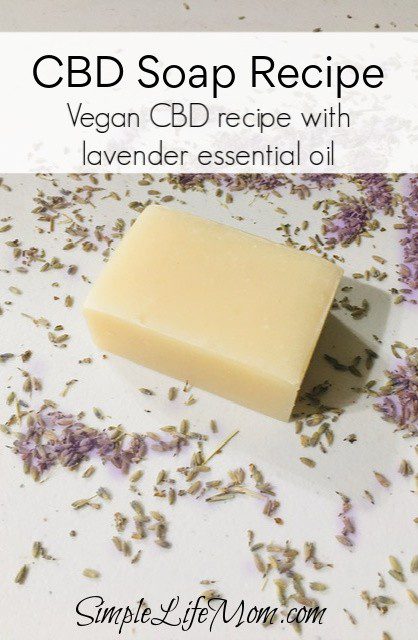
CBD and Hemp Oil
Cannabis is a plant that can be utilized for its benefits, or abused like many other plants or substances. Though I do think the more recent fascination of cannabidiol or CBD came from those who wished to push the legalization of “medical marijuana” use, I absolutely agree that there are a lot of benefits to topically using CBD while avoiding the side effects from medical marijuana. Soap making is just one of those ways.
CBD comes from the hemp plant (a cousin of the marijuana plant), is a cannabidiol, and is just one small aspect of the plant. The CBD oil that many consider to be the best choice is called “full spectrum”, because it contains cannabinoids, terpenes and essential oils.
In vitamin shoppes or online you will find bottles labeled hemp oil or CBD oil. Hemp seed oil is extracted from the seed only, where CBD is extracted from the whole plant. Neither one of them is cannabis oil which contains large amounts of THC.
When purchasing CBD or Hemp oil, make sure the label says the plant was raised organically or the oil was tested for contaminants. Also, check out the total milligrams of CBD in the bottle and compare per ounce to other brands because it will vary in potency.
Benefits of Topical CBD Oil
There have been a lot of studies that now show the topical benefits of CBD, showing how it is readily transdermal; rapidly passing into the body through the skin. BUT, it is hydrophobic and doesn’t go into the blood stream and pass through your whole body. Instead, the cells in the area of application absorb it and it works with your own body systems to lower inflammation.
The oil can be mixed into salves, lotions, creams, soaps, even lip balms, or simply used as a massage oil into sore joints. Various studies show benefits for arthritis, inflammation, or headaches (1, 2).
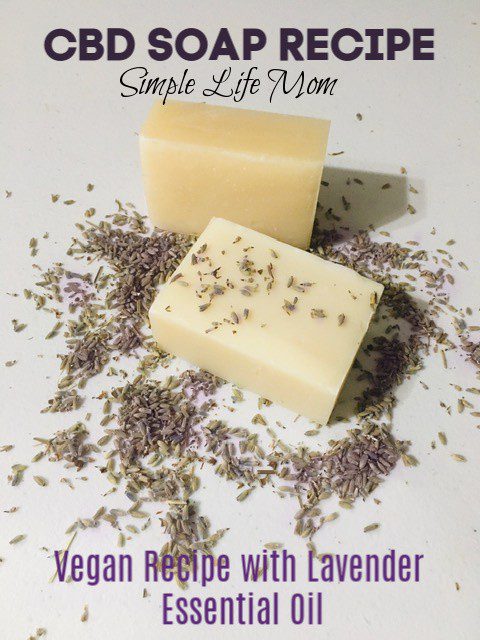
CBD Soap
So how can you reap any benefits from CBD soap?
In other words, is the soap in contact with the skin long enough to bestow any benefit? We are definitely able to reap the benefits of other ingredients in soap. Soap doesn’t just change pH levels and so help dirt to be washed away in water. Different soaps can moisturize and cleanse. We can deep level disinfect and help balance oils when using activated charcoal, bentonite clay, and/or tea tree soaps (like this one) to help acne stop and heal faster.
CBD oil within soap still contains those elements help relieve pain so all it needs is contact for a transference to occur. This doesn’t mean that a longer contact time is unnecessary. I’ve found that to really reap the benefits of CBD in soap, you will need to use it liberally and often. Lather your body or hands in soap and shave your legs or soak those hands or feet in the water.
The small amount of interaction with the CBD daily in soap can help reduce chronic inflammation over time. It’s another step to your pain free regimen.
Does the saponification process destroy any benefits?
To put your mind at ease, the saponification process does not destroy CBD. Lye bonds with salts in fatty acid chains and doesn’t attack vitamins, minerals, and other elements that are found within plants. A breakdown can be found from heat, but as soap only heats up to around 110 degrees Fahrenheit (and doesn’t even harm the essential oils that are added) this is not an issue.
CBD Soap Recipe
I’ve found that CBD or Hemp Soap tends to go bad faster than other soaps. Use these soaps within 4 months for freshest quality.
I’ve made this recipe with a higher superfat content of 20%. I decided to use lavender essential oil as it is relaxing and beneficial as an anti-inflammatory, but you may replace it if you have another scent in mind. I’ve made this soap already with hemp oil, so if you’d like to try it out check it out here in my shop.
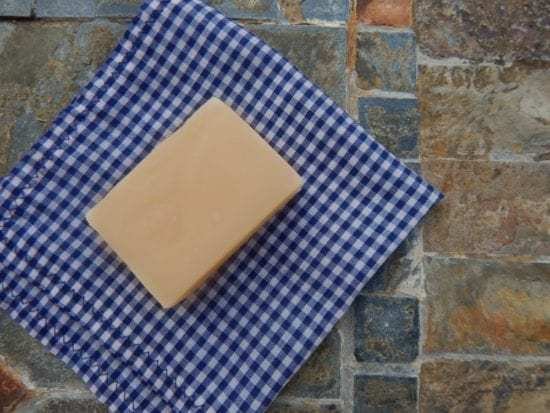
Yield: 12 four ounce bars, or 3 pounds of soap.
Ingredients:
- 10 ounces coconut oil
- 5 ounces CBD or hemp oil
- 5 ounces cocoa butter
- 5 ounces shea butter
- 5 ounces castor oil
- 5 ounces avocado oil
- 12. 25 ounces filtered water
- 4. 6 ounces lye
- 1 ounce lavender essential oil
Directions:
- For more detailed instructions in soap making click here.
- Prepare your mold by lining if necessary.
- Combine coconut, hemp, cocoa butter, shea butter, castor, and avocado oils in a large stainless steel pot and heat on low until they are all melted. Stir to combine well.
- Outside and with proper safety gear (goggles, mask, and gloves), pour the lye into the water, stir until dissolved without breathing in the fumes, and let cool to 100 degrees Fahrenheit.
- When oils and lye water are around 90-100 degrees Fahrenheit, pour lye water into the pot of oils and blend with a stick blender (hand mixer if you don’t have one) until light to medium trace (For more information on trace click here).
- Add essential oils and blend.
- Pour into prepared mold, using a rubber spatula to scrape out of the pot and level in the mold.
- Cover and insulate for 24 hours before removing, cutting, and letting cure for 4-6 weeks.
If you want to try one of these bars already made, I have them in my shop now.
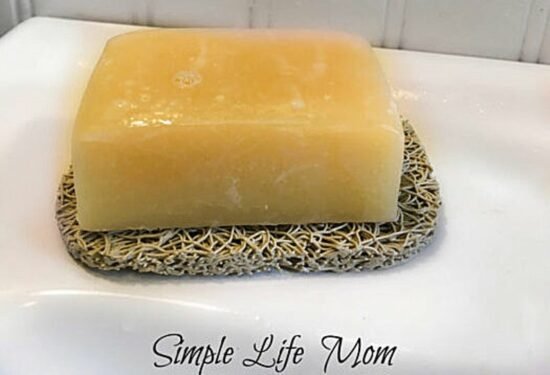
Click here to go to my shop and check out this soap and others.


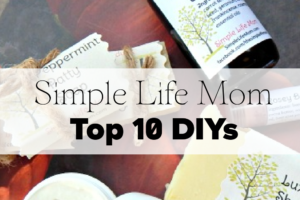

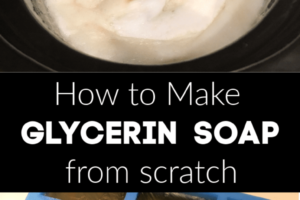
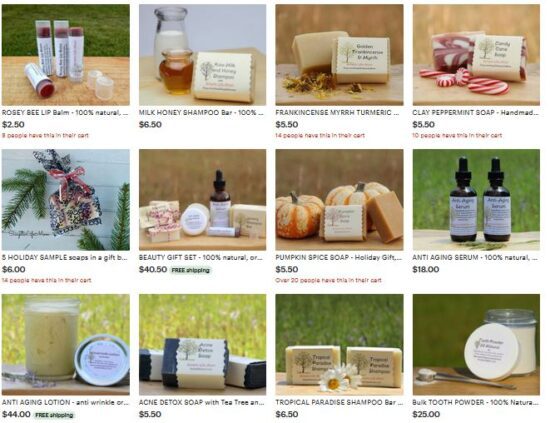
37 Comments
Leave your reply.